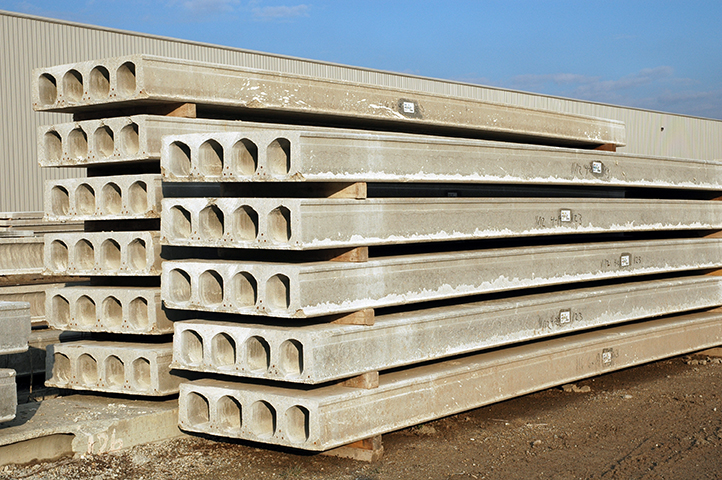In buildings, water has the unfortunate habit of getting where building owners don’t want it to go. And once inside a building it has the potential to do significant damage.
Buildings gain, lose and store moisture along with heat energy through a variety of physical mechanisms. Operating durability, efficiency and serviceability of the structure can be affected by moisture flow. Controlling moisture flow in a building also has significant impacts on occupant health, safety and comfort.
Modes of moisture flow into buildings include:
Precipitation – rain and moisture making their way through openings in building surfaces
Water vapor evaporation – liquid water changing into gaseous or vapor state and is absorbed into the air
Diffusion – water vapor moving under pressure from areas of high concentration to areas of low concentration and also high temperatures to low temperatures
Condensation – water changing from a vapor state to a liquid state as air becomes saturated. Where condensation occurs matters.
Architects generally have two approaches:
Keep moisture from penetrating the wall assembly or
Assume it will penetrate the assembly and provide a way to remove it
Rain barriers are often face-sealed curtain walls and have sealed joints between the components. Drainage is generally not required in these assemblies for moisture originating from the exterior. For the wall to remain effective, the joints must be maintained because they typically represent the weakest parts in the system. The most effective rain barriers will have the fewest joints and be made of the most durable building materials.
Precast cladding, including all CarbonCast Enclosure Systems, can be considered a face sealed curtain wall. The concrete, typically over 5,000 psi in strength, absorbs and passes very little liquid water. Panel joints should have either two layers of sealant or sealant and a secondary method of defense against water penetration. Joints around openings should have primary and secondary seals.
Rain screens begin with the premise that water will eventually penetrate the exterior wall system and that a mechanism must be designed to drain it. They are not water-tight and are typically ventilated. The screen relieves most of the driving pressure of water, then drains or evaporates it through a cavity behind the façade. Rain screens generally entail more complicated design and construction practices and material selection to ensure proper water flow and minimize the potential for damage once the water passes the screen. They also have more variability in materials and often more joints and opportunities for water penetration.
Moisture (both liquid and vapor) will accumulate if the rate at which it collects in the space exceeds the rate of removal. Repeated wetting, followed by repeated drying, may be accepted as long as materials do not stay wet long enough to freeze and deteriorate.
CarbonCast High Performance Insulated Wall Panels, like most precast wall panels, are strong enough to withstand high winds and wind-driven projectiles, hurricanes, and wildfires when properly installed to code and maintained. They are also impermeable to air infiltration and wind driven rain. The high tensile strength of reinforced concrete combined with proper compaction imbues the material with the capacity to withstand storms and render it resistant to wind-driven rain and moist outdoor air in hot and humid climates. In many cases this strength is enhanced though prestressing, which further prevents the likelihood of cracking stresses due to shipping and handling.
Architects often ask if precast walls can be designed as a rain screen or drained system. They can. However, because they provide superior resistance to rain penetration and air leakage, they are often used as a rain barrier. In fact, using the drained approach with precast wall panels can introduce risk that water may damage the panel’s structural connections. Why entertain that risk? Design for the sure solution!
-Altus Group



